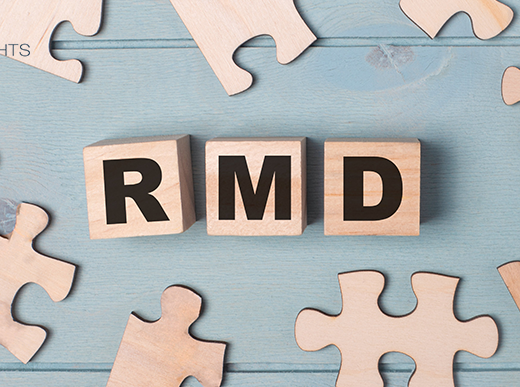This may be one of the best things you can do for your financial health.
If you had a chance to save hundreds of thousands of dollars over time at no great cost to your lifestyle or your monthly budget, would you take it? An easy-to-use retirement savings option that might go a long way to giving your retirement savings a boost? Look at what the standard 401(k) can offer you.
Tax-deferred growth. The money you save and invest in a traditional 401(k) grows without being taxed. You only pay taxes on it when it is withdrawn.1
Compounding. As the years go by, your untaxed, invested savings have the potential to grow exponentially. If you contribute $5,000 to a 401(k) for 35 straight years and your account earns 9% a year, you could wind up with almost $1.1 million at the end of that 35-year period.1
Tax-deductible contributions. Each dollar you put into a 401(k) can be deducted under federal tax law – so every dollar you defer into your 401(k) account reduces your taxable income.1
You can invest your 401(k) savings in a variety of ways. In the typical 401(k), some of the investment options offered are conservative; others, more aggressive. You can decide how to allocate your assets across different types of investments.
You set your contribution amount. Most people arrange per-paycheck contributions, deferring a percentage of their salaries into their accounts. This is a “painless” way to fund your 401(k). You just “set it and forget it,” without having to remind yourself to contribute to the account. This also helps you contribute without interruptions.
You can put up to $19,000 into a 401(k) in 2019; $25,000, if you are 50 or older this year. Those limits are inflation adjusted, so they will rise in the future.2
Your employer could partially match your contributions. Some healthcare offices do provide a match, meaning that for every dollar you contribute to your 401(k) account, they contribute X cents. A small percentage of employers even match contributions dollar-for-dollar. With a match, your employer is giving you free money you can put toward your retirement. Employers do get a tax break for a match, and combined employee and employer contributions to a 401(k) account can be as high as $56,000 in 2019 ($62,000, if the employee is 50 or older).1,2
Some 401(k) plans give you a Roth option. If this option is offered, you can choose to have a Roth 401(k), which is akin to a Roth IRA: contributions are not tax deductible, but future withdrawals are tax free if you follow I.R.S. rules for the account. Imagine being able to make tax-free withdrawals of retirement money.1
You can begin withdrawing money from your 401(k) penalty free at age 59½. The whole idea of a 401(k) is to save for retirement, so the I.R.S. tries to discourage earlier withdrawals. If you withdraw 401(k) funds before age 59½, the I.R.S. will usually attach a 10% penalty to the amount, which will also be taxable. (Some exceptions are made to this rule.)1
If you work for an employer that offers a 401(k) plan, one of the best things you can do for your financial health may be to contribute to it. At a time when so many people find themselves far behind on retirement savings, you can plan to get ahead by diligently saving and investing through this accessible, user-friendly financial vehicle.
View More Articles
Citations.
1 – fool.com/retirement/2016/08/27/everything-you-need-to-know-about-your-first-401k.aspx [8/27/16]
2 – investopedia.com/articles/retirement/08/401k-info.asp [2/7/17]
Investment advisory services are offered through Trek Financial, LLC., an SEC Registered Investment Adviser.
Information presented is for educational purposes only. It should not be considered specific investment advice, does not take into consideration your specific situation, and does not intend to make an offer or solicitation for the sale or purchase of any securities or investment strategies. Investments involve risk and are not guaranteed. Be sure to consult with a qualified financial adviser and/or tax professional before implementing any strategy discussed herein.This material was prepared by MarketingPro, Inc., and does not necessarily represent the views of the presenting party, nor their affiliates. This information has been derived from sources believed to be accurate. Please note – investing involves risk, and past performance is no guarantee of future results. The publisher is not engaged in rendering legal, accounting or other professional services. If assistance is needed, the reader is advised to engage the services of a competent professional. This information should not be construed as investment, tax or legal advice and may not be relied on for the purpose of avoiding any Federal tax penalty. This is neither a solicitation nor recommendation to purchase or sell any investment or insurance product or service, and should not be relied upon as such. All indices are unmanaged and are not illustrative of any particular investment. Trek FG 17-459




